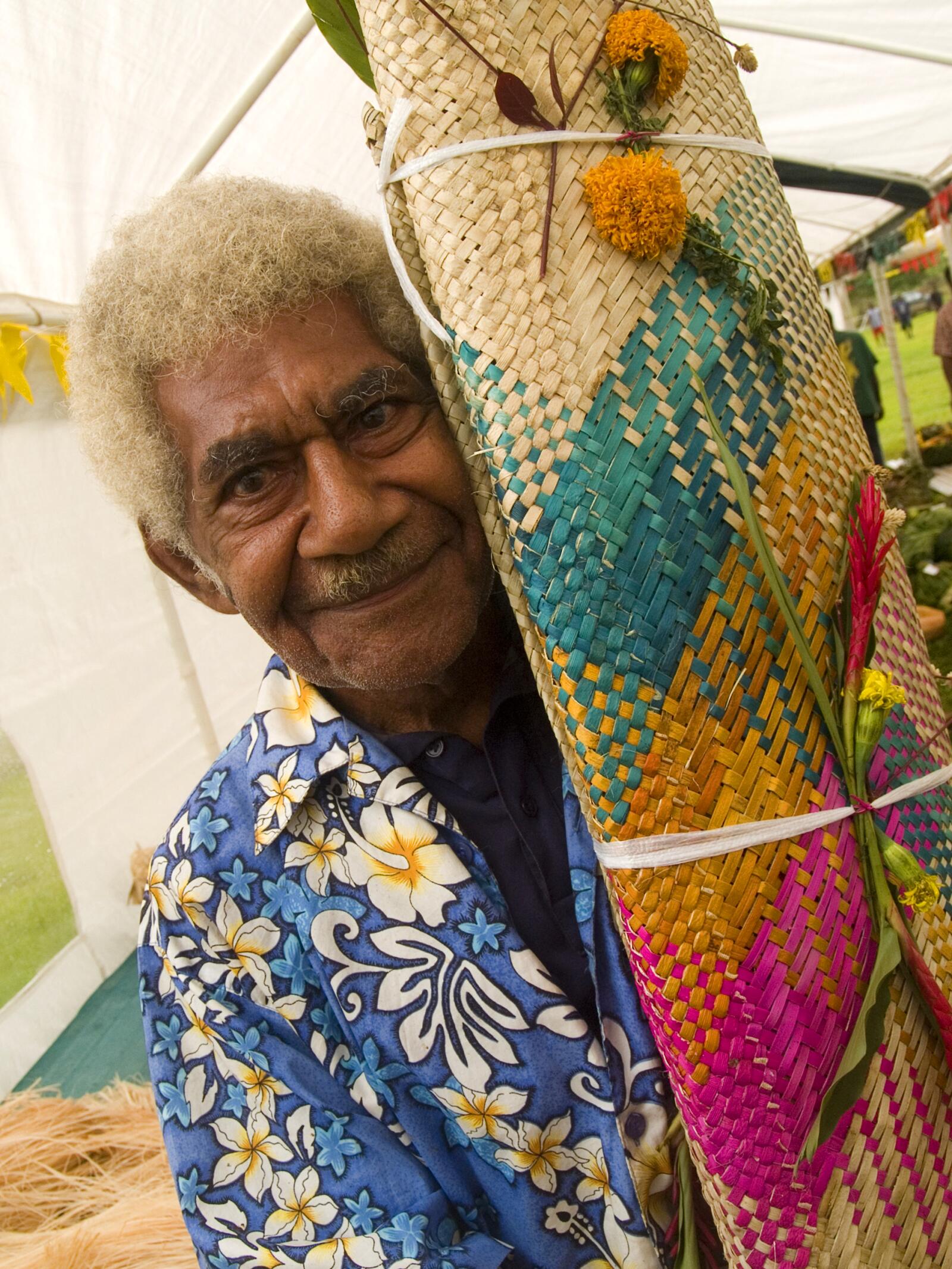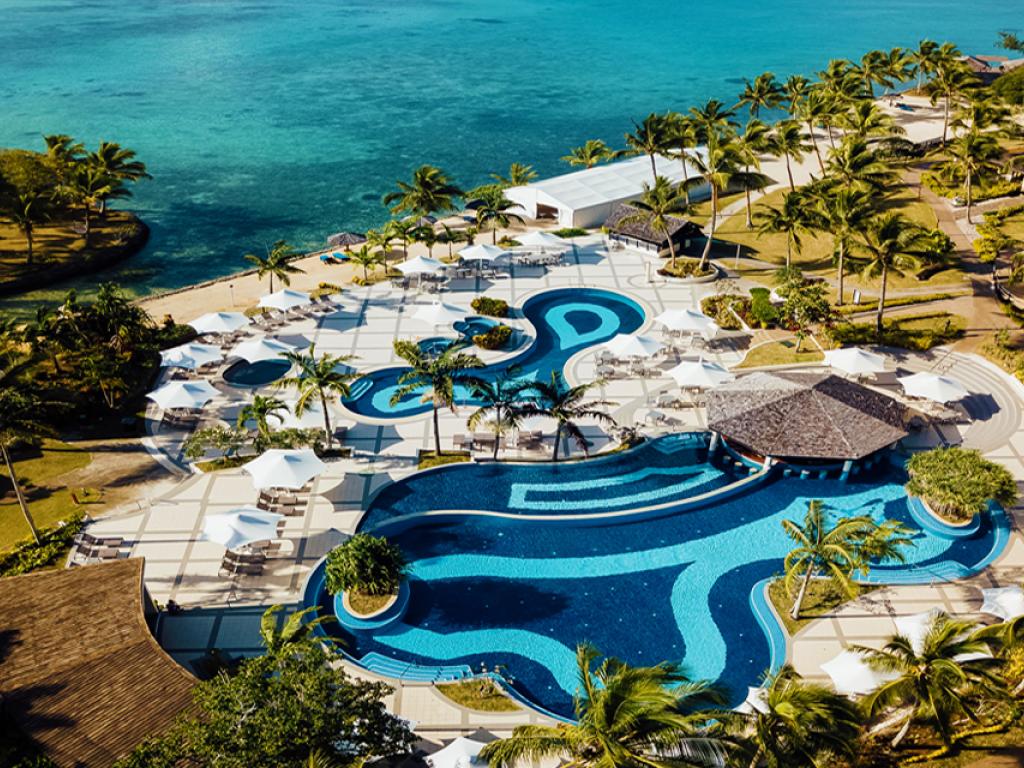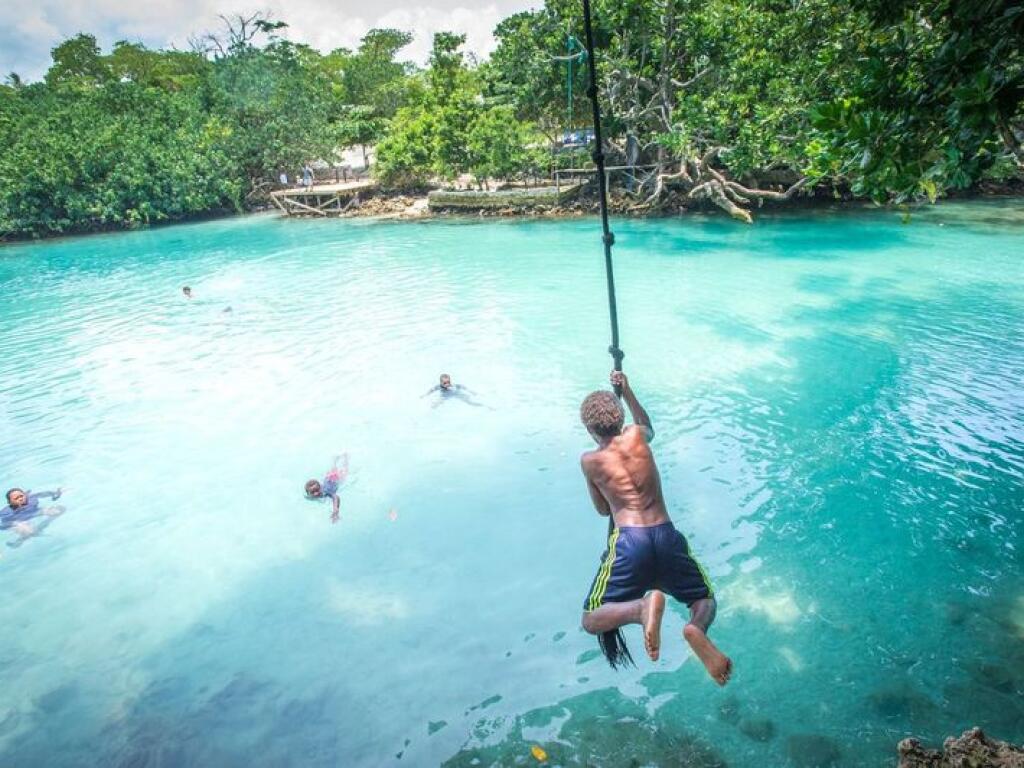Vanuatu Art & Craft
Vanuatu art and craft is a rich part of the indigenous culture and varies from island to island. Reflecting the more traditional parts of life on the islands, items are often designed to be used in customs and ceremonies or for use in daily life. Having honed their craft skills over generations, the handicraft makers use natural materials to create bows, spears, knives, clubs, pestles, carvings and wooden dishes depicting stylised representations of human faces, fish, birds and turtles and are often used for preparing food.

Although pottery was once a widespread craft skill, it is now found only in West Santo. However bowls are still made from clay, via a process of kneading and moulding the clay with the knees before rolling it and shaping it into a bowl. Weaving is still an extremely common Vanuatu art and craft skill that is practised, particularly by the women, who create bags, baskets and mats from coconut and pandanus leaves and burao bark.
Today, Vanuatu art and craft ranges from the traditional objects mentioned above to more contemporary pieces such as sculptures, however most of these more modern works still feature traditional patterns or stylised representations of faces and ancestral spirits. Some of the more ancient Vanuatu art and craft forms include rock paintings and petroglyphs which can still be seen on a number of the island caves. Also used on a number of the northern islands to narrate ceremonies, songs and legends are complex sand drawings.
Some of the Vanuatu art and craft most popular with tourists for souvenirs include carved bowls, shell necklaces and elaborate masks and headdresses as well as carved items such as clubs and spears, bow and arrows, animal figurines and miniature canoes. However, visitors should be aware of the customs restrictions of their home countries before attempting to take these items into the country.



